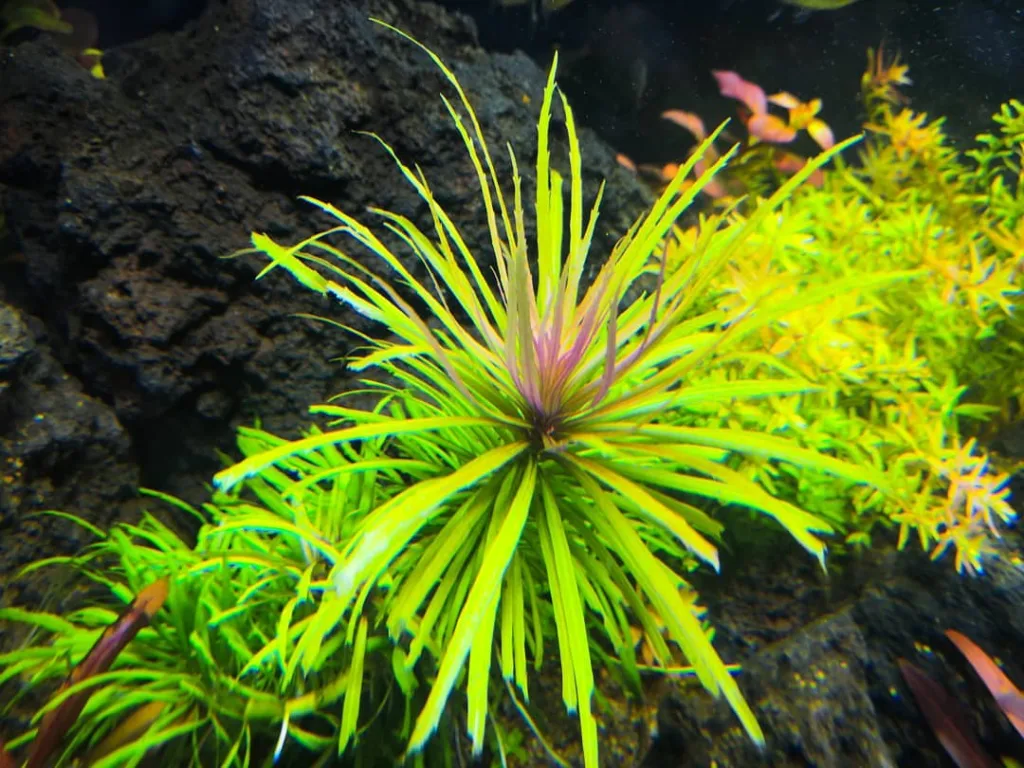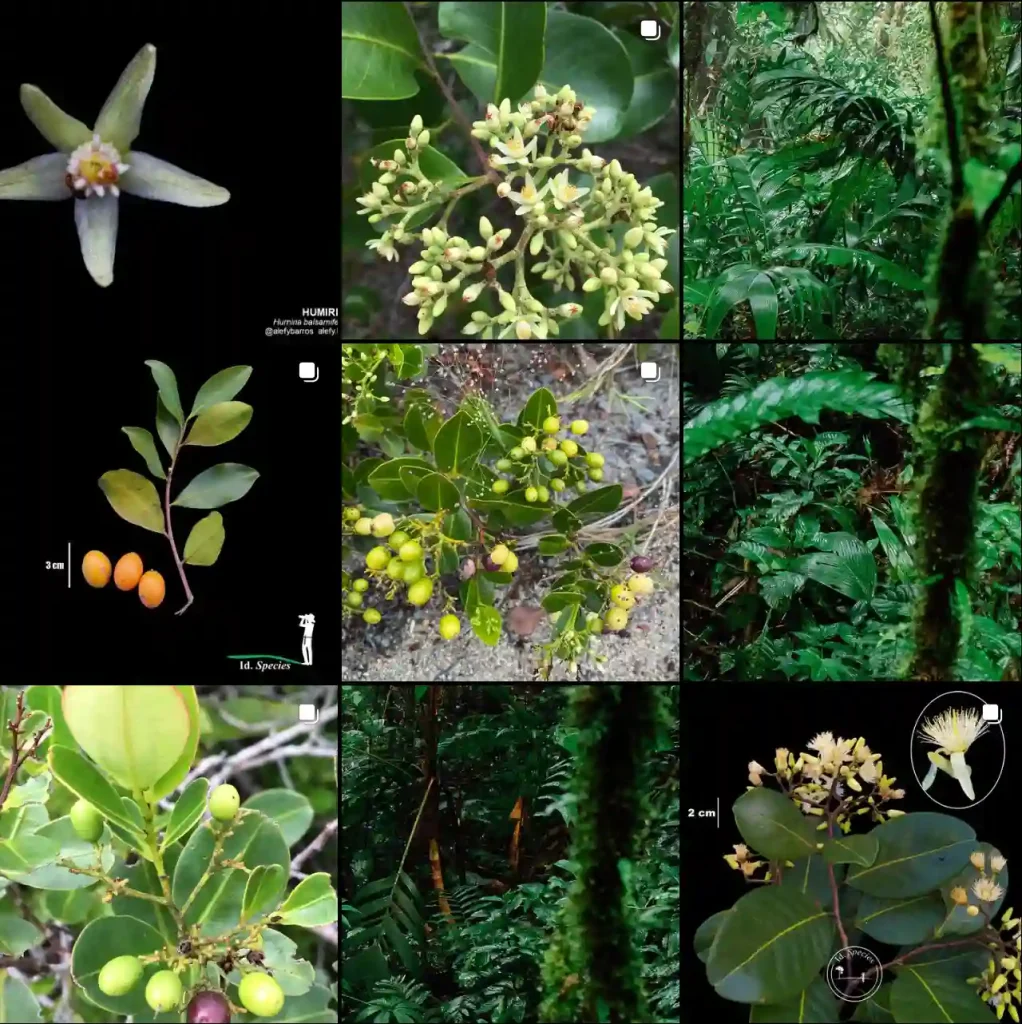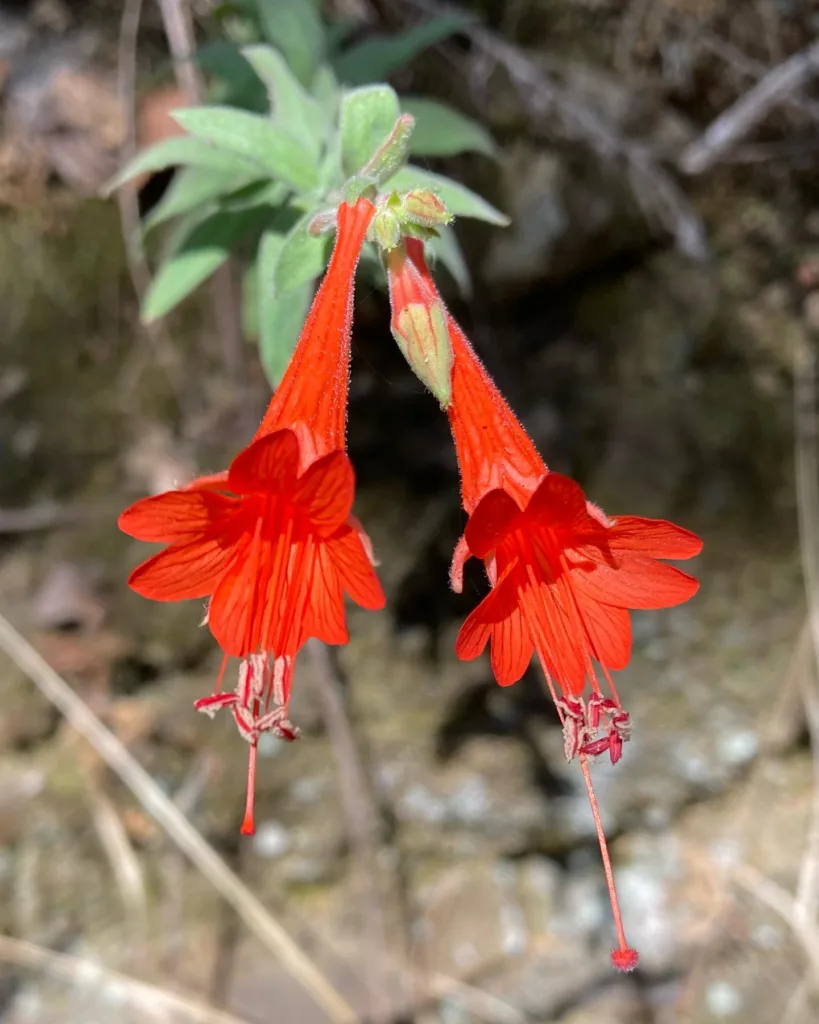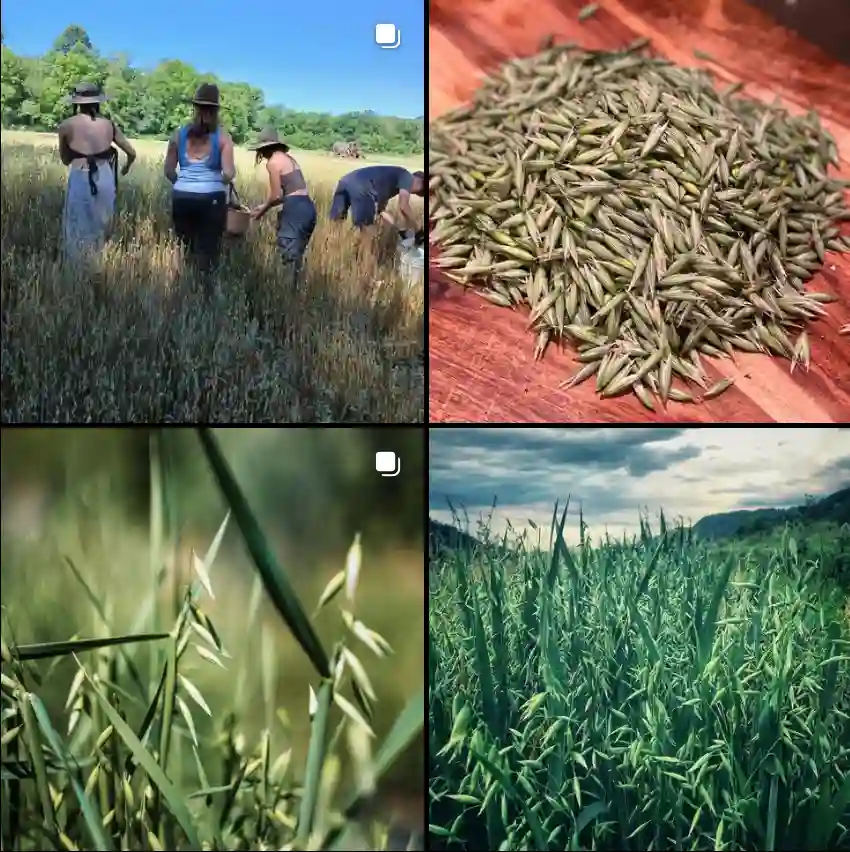
FAQs About Crassula Rupestris
Crassula Rupestris, also known as the Propeller Plant, is a charming succulent native to South Africa. Its unique rosette shape and compact growth make it a popular choice for both indoor and outdoor gardening. Here, I’ll address some frequently asked questions about this intriguing plant to help you understand how to care for it and more.
220 Species in Genus Crassula
How Do You Care for Crassula Rupestris?
Caring for Crassula Rupestris is relatively straightforward, but there are a few key points to keep in mind:
- Light: Crassula Rupestris thrives in bright, indirect sunlight. Ideally, place it in a spot where it receives filtered sunlight or morning sun. If grown indoors, a south-facing window works well. Too much direct sunlight can scorch the leaves, while too little light can cause it to become leggy.
- Watering: Like most succulents, Crassula Rupestris prefers well-draining soil and infrequent watering. Allow the soil to dry out completely between waterings. Overwatering can lead to root rot, so it’s better to err on the side of dryness.
- Soil: Use a cactus or succulent mix for the best results. You can also create your own mix by combining potting soil with sand or perlite to enhance drainage.
- Temperature: This plant enjoys warm temperatures and can tolerate temperatures between 60-80°F (15-27°C). It’s not frost-hardy, so protect it from temperatures below 30°F (-1°C) if growing outdoors.
- Fertilizing: Feed your Crassula Rupestris with a diluted, balanced liquid fertilizer once a month during the growing season (spring and summer). Avoid fertilizing during the winter months when the plant is in a dormant phase.
How to Propagate Crassula Rupestris?
Propagation of Crassula Rupestris is easy and can be done through leaf or stem cuttings:
- Leaf Cuttings: Gently twist a healthy leaf from the stem. Let the leaf dry out for a day or two to form a callus. Place the leaf on top of well-draining soil and water sparingly until roots and new rosettes form.
- Stem Cuttings: Cut a healthy stem just below a leaf node. Allow it to dry and callus over for a few days. Plant the cutting in soil and water lightly. New roots should form within a few weeks.
Crassula Rupestris vs Perforata
Crassula Rupestris and Crassula Perforata (often referred to as the String of Buttons) are both popular succulents but have some distinct differences:
- Appearance: Crassula Rupestris has thick, rounded leaves that form rosettes resembling propellers, while Crassula Perforata features smaller, stacked leaves arranged along a trailing stem, giving it a button-like appearance.
- Growth Habit: Crassula Rupestris tends to grow more compactly, making it suitable for small pots or containers. In contrast, Crassula Perforata has a trailing habit and is often used in hanging baskets or as ground cover.
- Care Requirements: Both succulents require similar care, but Crassula Perforata may need slightly more frequent watering due to its trailing nature, which can dry out faster in certain conditions.
What to Plant With Crassula Rupestris?
Crassula Rupestris pairs beautifully with other succulents and cacti in mixed containers. Consider combining it with:
- Echeveria: Their rosette shapes complement Crassula Rupestris well.
- Sedum: Their diverse textures and colors create an interesting contrast.
- Aloe Vera: Adds variety and can also be useful for its medicinal properties.
Can You Grow Crassula Rupestris Indoors?
Yes, Crassula Rupestris can be grown indoors, provided it receives sufficient light. A bright, south-facing window is ideal. Ensure good air circulation and avoid placing it in a drafty area, as sudden temperature changes can stress the plant.
Is Crassula Rupestris Toxic?
Crassula Rupestris is not known to be toxic to pets or humans. However, it’s always a good idea to keep any plant out of reach of small children and pets to avoid accidental ingestion.
Benefits of Growing Crassula Rupestris
Crassula Rupestris offers several benefits:
- Low Maintenance: Its minimal care requirements make it ideal for busy individuals.
- Air Purification: Like many succulents, it helps improve indoor air quality.
- Decorative Appeal: Its unique shape and color add visual interest to any space.
Common Problems with Crassula Rupestris
Some common issues you might encounter include:
- Overwatering: This can lead to root rot and leaf drop. Ensure proper drainage and allow the soil to dry out completely between waterings.
- Pests: Watch out for common pests like mealybugs and spider mites. Treat infestations promptly with insecticidal soap or neem oil.
Crassula Rupestris is a delightful succulent that can add a touch of charm to your garden or home. With proper care and attention, it will thrive and continue to be a standout feature in your plant collection.
If i die, water my plants!



